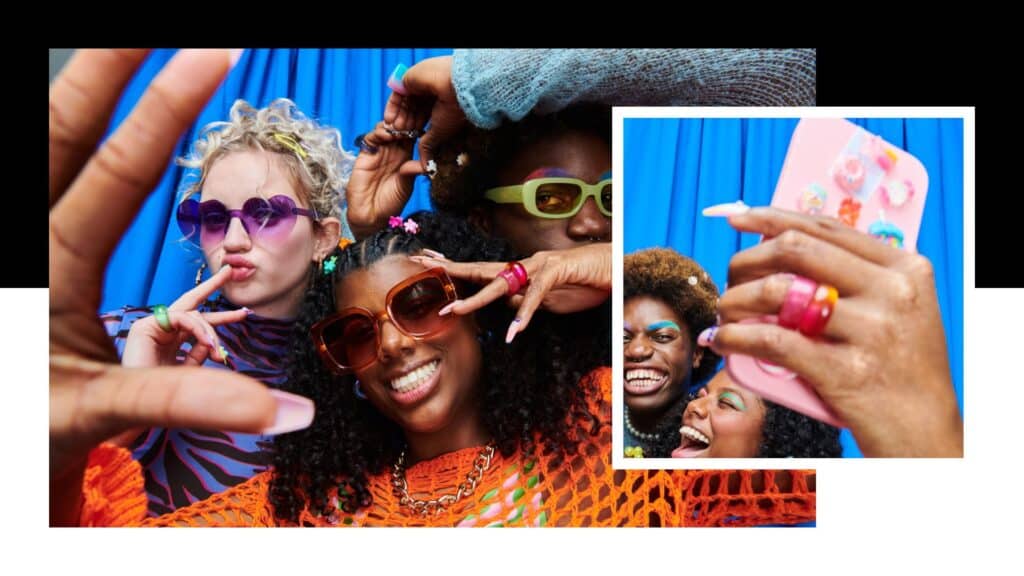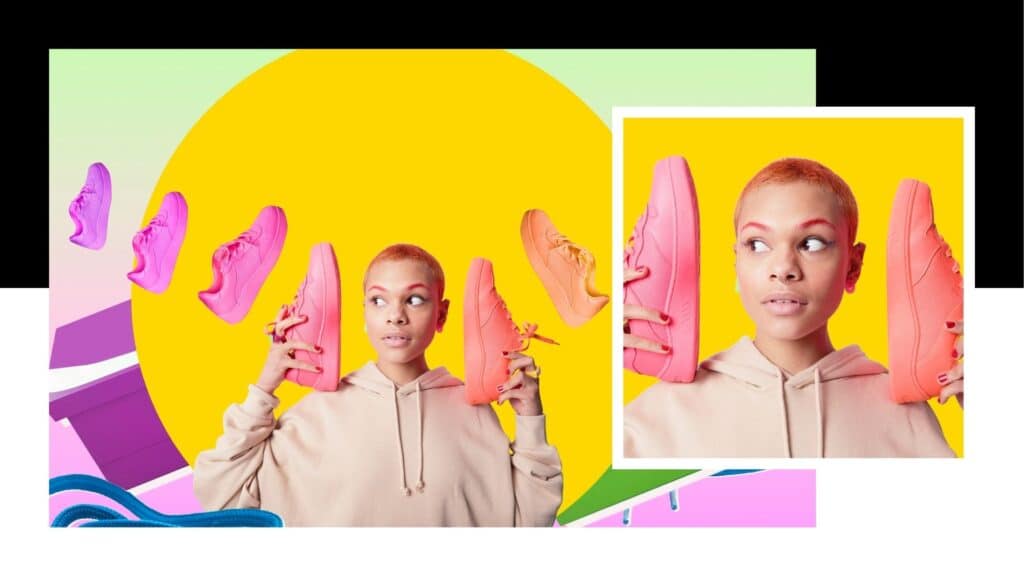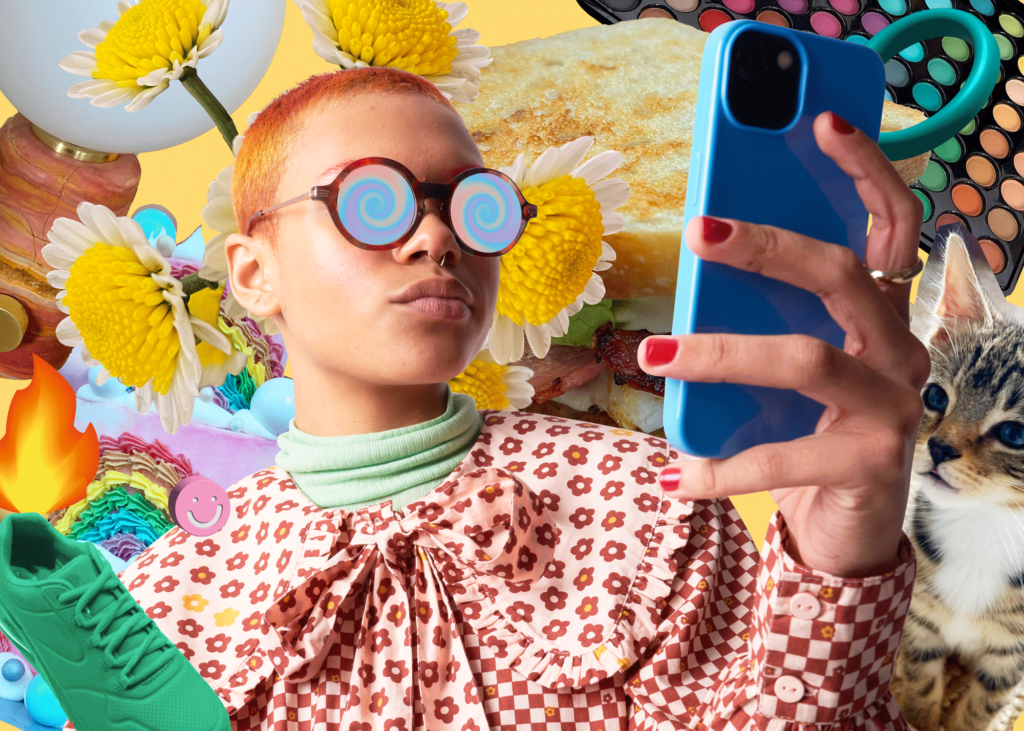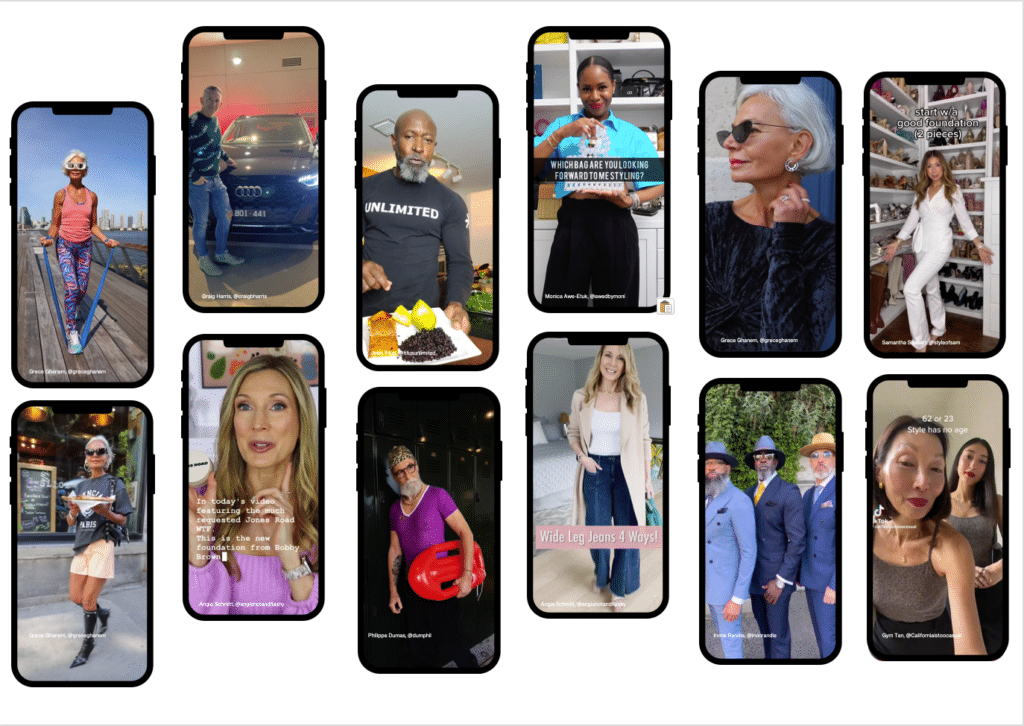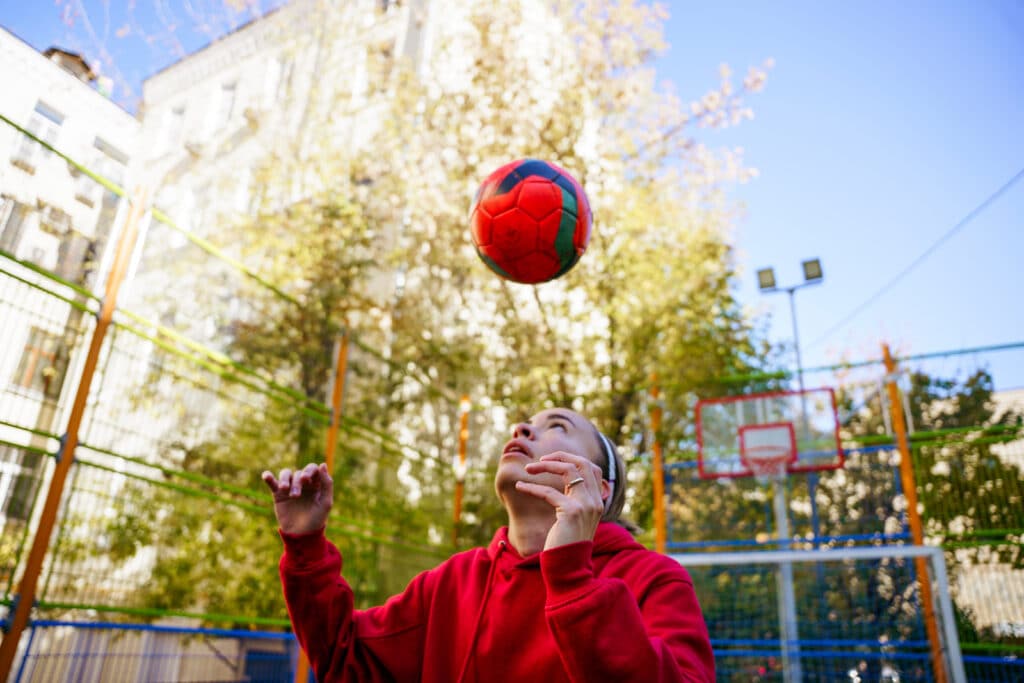As midlife+ women embrace a new dawn, both in their own lives and within society, marketers and their brands must do more than reflect this change – they must embrace it.
Novelist Yann Moix caused outrage in 2019 when he told the French edition of Marie Claire that he was incapable of loving women over 50, saying they were ‘invisible’ and ‘too, too old’. While this 51-year-old’s opinion is extreme, a diluted, more socially acceptable version has long been the norm. Older women acutely understand this. Almost half (45%) agree ‘society expects them to vanish from public life as they get older’, rising to 61% among menopausal women1.
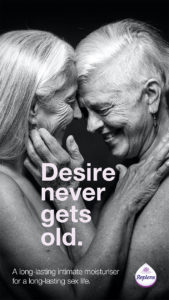 This attitude is reflected in media where half of older women don’t believe their life stage has been authentically represented in popular culture. Unsurprising when actor Maggie Gyllenhaal revealed that, at 37, she’d been told she was too old to play the lover of a 55-year-old man. As fellow actor Meryl Streep put it, ‘once women passed childbearing age, they could only be seen as grotesque on some level’.
This attitude is reflected in media where half of older women don’t believe their life stage has been authentically represented in popular culture. Unsurprising when actor Maggie Gyllenhaal revealed that, at 37, she’d been told she was too old to play the lover of a 55-year-old man. As fellow actor Meryl Streep put it, ‘once women passed childbearing age, they could only be seen as grotesque on some level’.
The same attitude prevails in much of the marketing industry. 44% of women aged 50+ find advertising patronising, while more than a quarter (27%) believe ads contribute to negative stereotypes of their age2. In UK fashion and beauty only 15% of women represented are over 50, although they comprise 40% of UK women.
In fact, over half the UK population are 50+, very much active socially and in business. But while older men are visible in both spheres, women have largely been invisible.
Until now.
Female celebrities are now firmly refusing to disappear as they age. And it’s a global phenomenon. Helena Christensen (51), Helen Mirren (72) and Yolanda Hadid (56) were a headline-grabbing hit on the Paris catwalk last year. In TV and film, which both reflect and set cultural norms, superstars like Jennifer Lopez and Nicole Kidman (54) are experiencing a second renaissance. More than simply accessories to the leads, they are the protagonists.
Of course the tyranny of ageless beauty for women is still alive and well. Watching the Friends reunion no-one could fail to notice the difference in visible ageing between the female and male leads. Whereas LeBlanc sat confidently with his grey hair and fuller figure, the women looked barely a day older than when we last saw them.
But there are signs that even this is changing, with vocal and visible trailblazers for a more natural approach to getting older. Kate Winslet, star of hit crime series Mare of Easttown, not only declined to edit her ‘bulgy bit of tummy’ during a sex scene, but publicly declared her character a ‘fully functioning, flawed woman with a body and face that moves in a way synonymous with her age and her life’.
https://www.youtube.com/watch?v=bm7RmpzCeyk
Even Vogue gave their blessing to a dose of real beauty when Sarah Jessica Parker and Cynthia Nixon embraced their greying hair, saying ‘here’s hoping we’ll see more championing their greys’. And, for those who’ve seen the Sex & The City reboot, titled And Just Like That, the topic is a hot topic in the series opener.
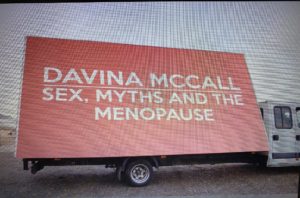 In this spirit of honesty about physical aging, we’ve seen an explosion in discussion around associated health issues. British TV star Davina McCall, who fronted a widely-acclaimed show called Sex, Myths and The Menopause said, ‘I feel like we’re on the crest of a wave of change, that we as women are no longer ashamed of talking about something completely natural and biological.’
In this spirit of honesty about physical aging, we’ve seen an explosion in discussion around associated health issues. British TV star Davina McCall, who fronted a widely-acclaimed show called Sex, Myths and The Menopause said, ‘I feel like we’re on the crest of a wave of change, that we as women are no longer ashamed of talking about something completely natural and biological.’
With women getting married later (if at all), having babies older (if at all), and ultimately living for longer the timelines that define our lives need to be revisited. Far from fading-out, Forbes found women between 55-65 are at their most ambitious workwise. And feel pretty good about themselves with a whopping 96% having a ‘clear sense of their own identity’.
To stay connected to these women, marketers must embrace this cultural shift. Tell the stories of older women. Understand your brand’s connection to them and make sure your communications are authentic, are real. Where it’s appropriate facilitate discussion around health issues, don’t sweep them under the carpet. A sure-fire way to do this is to make sure ageism is not present in your own business; older women need to be represented to maintain change. ‘Not about us without us’ has never been more relevant.
One thing is certain – with huge spending power and increasing influence older women are demanding to be heard. Brands ignore them at their peril.
 Emily Rich, UK Strategy Lead
Emily Rich, UK Strategy Lead
References
1WARC
2WARC

